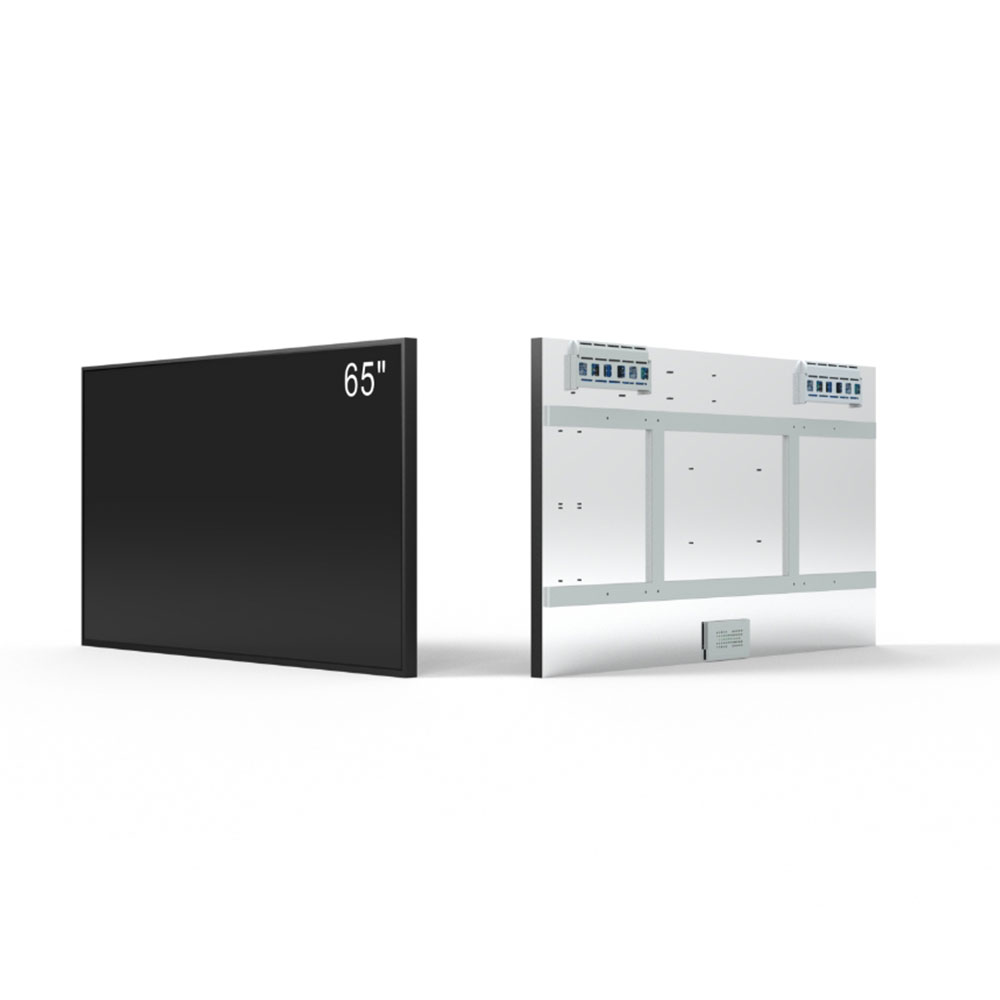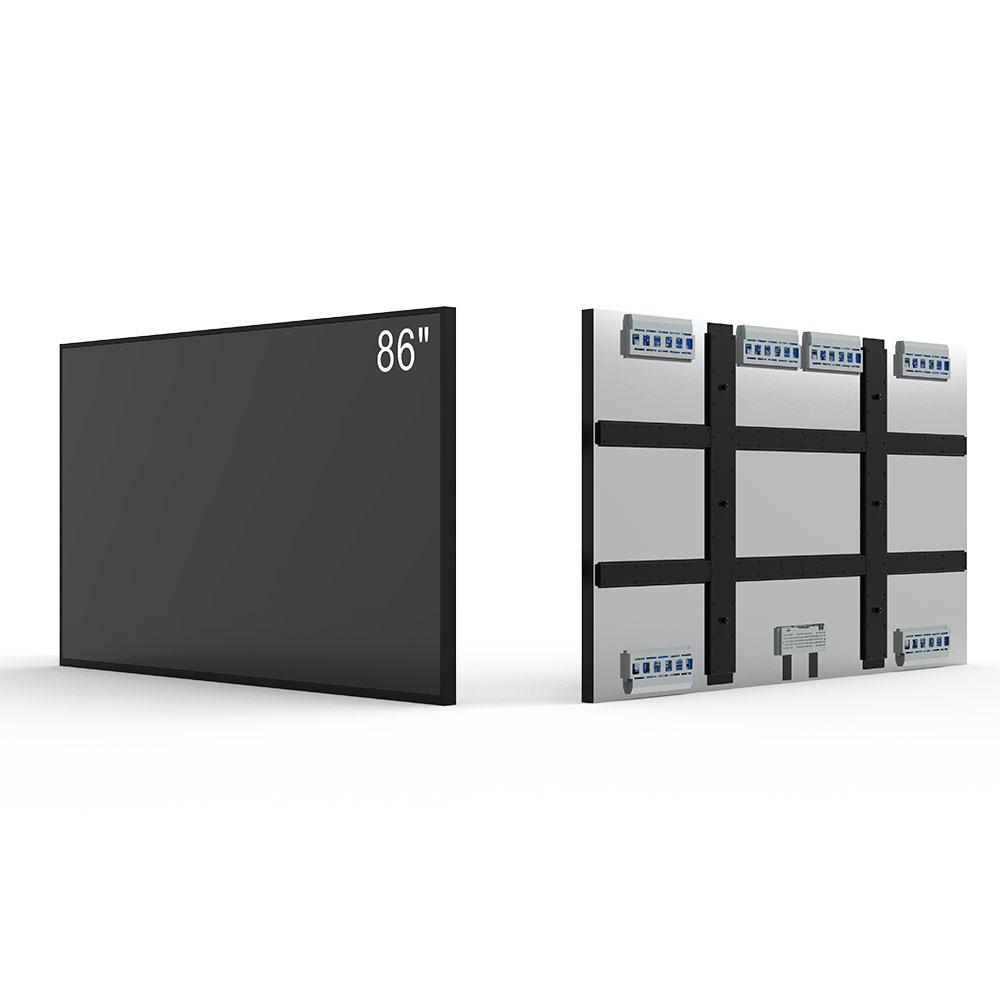
Privacy statement: Your privacy is very important to Us. Our company promises not to disclose your personal information to any external company without your explicit permission.
Outdoor LCD screens are critical components in industrial, transportation, and public infrastructure environments where exposure to weather, dust, and moisture is inevitable. Achieving a reliable IP66 waterproof rating is not just about meeting an industry standard—it’s about engineering robustness, longevity, and operational safety.
IP66, defined by the International Electrotechnical Commission (IEC) standard IEC 60529, specifies that a device is completely protected against dust ingress (6) and can withstand powerful water jets from any direction (6). For outdoor LCDs used in applications such as traffic control systems, digital signage in public spaces, or factory automation displays, this rating ensures consistent performance even under extreme conditions like heavy rain, high humidity, or coastal salinity exposure.

To achieve IP66 compliance, manufacturers must implement a multi-layered design approach. First, the screen enclosure must be constructed with high-grade aluminum or stainless steel housing, sealed using silicone gaskets and screw-fastened joints. Second, the display panel itself must be encapsulated with UV-resistant, anti-reflective laminates that also act as a moisture barrier. Third, internal electronics require conformal coating to prevent condensation-related short circuits—a key failure point in non-IP66-rated units.
Field testing is equally crucial. In real-world scenarios, a true IP66-rated screen must survive continuous 30-minute water jet tests at 100 liters per minute and 100 kPa pressure, as specified in IEC 60529. Many manufacturers fail here because they rely on lab simulations without accounting for thermal expansion, vibration, or long-term seal degradation. Our team at [Your Company Name] conducts accelerated aging tests at 85°C/85% RH for 1,000 hours followed by mechanical shock and vibration tests per MIL-STD-810G—proving reliability far beyond basic certification.

Additionally, smart thermal management is essential. Overheating inside the enclosure can cause condensation, which undermines IP66 integrity. Active cooling via fanless heat sinks and passive airflow channels ensure stable internal temperatures, especially in hot climates like Dubai or Phoenix.
Case Study: A major European transit authority deployed our IP66-rated 42” outdoor LCDs across 150 bus stops. After two years of continuous operation in winter rain and summer heat, no failures were reported due to environmental damage. This underscores that IP66 is not just a label—it’s a result of rigorous design, materials science, and real-world validation.
For engineers and procurement managers selecting outdoor displays, choosing an IP66-certified solution isn’t optional—it’s foundational. It protects capital investment, reduces downtime, and ensures public-facing technology remains visible and functional in all weather.
Email to this supplier

Privacy statement: Your privacy is very important to Us. Our company promises not to disclose your personal information to any external company without your explicit permission.